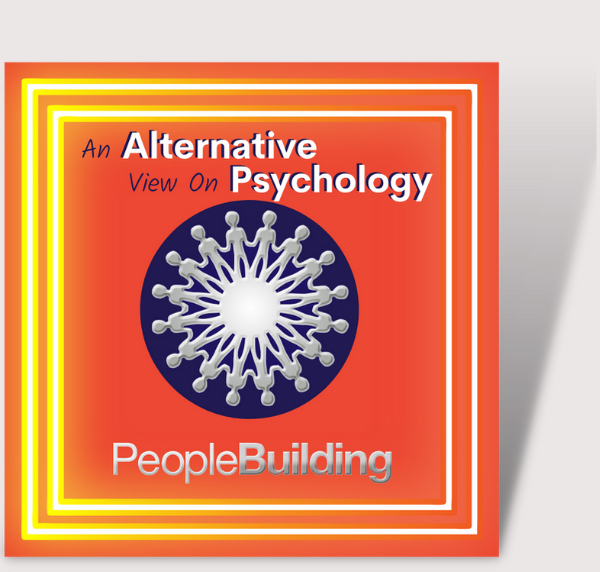One of the best things about NLP is the way in which one can covertly weave it into an everyday problem focused conversation and spin it into something more resourceful. You can talk to people and be NLPing them without them even knowing it is happening.
One of my best accounts of having used NLP “live” (as in the person I was using it on didn’t know I was doing it) was when I was out with a friend of mine who had recently separated from her boyfriend. We knew that on this particular evening out there was the possibility of bumping into the ex boyfriend so she was in a bit of a “wound up” state.
As we sat with our bottle of wine in the pub, a song came on in the background. As my friend began to tune into it, aware of the familiarity of it, she started to cry. Through the blubs and wails she explained that this had been “their” song (her and the ex boyfriends) and that she still loved him so much.
It’s a good job I’m a therapist and not a counsellor because sympathy just isn’t my thing. I reached over and touched her shoulder and said “Err, there, there. It’s all going to be fine, I’m sure he was an idiot anyway.”
This was closely followed by a snot-filled-rage in which she exclaimed how she couldn’t believe how he had treated her “how could he do this?!” etc and how much she hated him. When this stage kicked in, I quickly withdrew my comforting hand.
Those of you who know NLP will have identified that I’d accidentally “Anchored” her melancholy state to her shoulder. You might think this was a bad thing. The truth is it would have been if I’d not utilised it later on. Really I should skip the part where I tell you that this all happened by accident and make out that this entire event happened completely on purpose as a result of my marvellous skill set. But that wouldn’t be totally true!
So later on we went to a night club and guess who showed up?! At this moment in time there were several reactions she could have gone for. I thought she might go for blubbering wreck but to my surprise (and his) she launched straight into snot-filled-rage.
As she catapulted herself towards him, I spotted an expression in his face. In NLP we like to be very clear about the difference between a sensory observation and a hallucination (when you think you know what you have seen.)
The sensory based observation of the ex boyfriend was this:
His eyes widened
His jaw lowered
His skin tone became more pale
His forehead began to sweat
He became short of breath
The hallucination of what I saw I will call “Man-having-fear-of-ex-girlfiend.”
At this moment, I grabbed her shoulder (yes the same one as earlier) and said something like “I know that this isn’t the real feeling you are feeling towards him. Isn’t it.”
The snot filled rage fizzled and vanished and the melancholiness of earlier returned, though without the crying.
They had a conversation about staying friends and it was all ok.
When she popped to the loo a little later he came over and spoke to me. He said “I’ve no idea what you did to her, but you did something. She was ready to kill me and you defused her somehow, how did you do that?”
At that point I realised what I had done, and I realized I could really help others using NLP.
By Gemma Bailey
www.gemmabailey.co.uk


